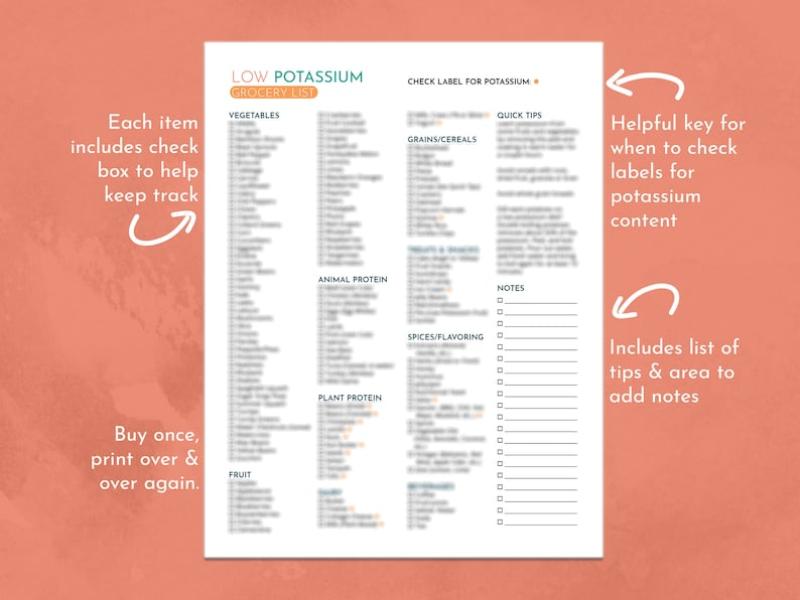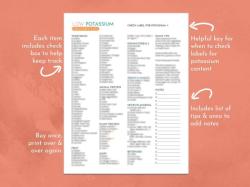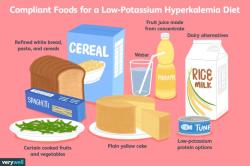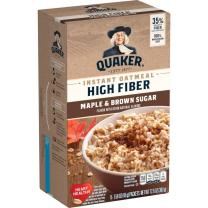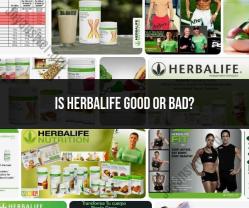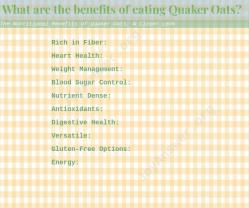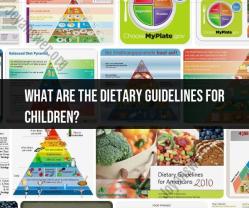What foods have low potassium?
Low-potassium foods are important for individuals with certain medical conditions, such as kidney problems, where excessive potassium intake may be a concern. Here is a list of foods that are generally low in potassium:
Berries:
- Blueberries
- Strawberries
- Raspberries
Apples:
- Apples (without skin)
Pears:
- Pears (without skin)
Grapes:
- Grapes
Peaches:
- Peaches (canned or fresh)
Plums:
- Plums
Pineapple:
- Pineapple (fresh or canned)
Watermelon:
- Watermelon
Cabbage:
- Cabbage
Cauliflower:
- Cauliflower
Broccoli:
- Broccoli
Green Beans:
- Green beans
Lettuce:
- Iceberg lettuce
Onions:
- Onions
Peppers:
- Bell peppers
Zucchini:
- Zucchini
Carrots:
- Carrots
Radishes:
- Radishes
Eggplant:
- Eggplant
Cucumber:
- Cucumber
White Bread:
- White bread (in moderation)
White Rice:
- White rice (in moderation)
Pasta:
- Pasta (in moderation)
Oats:
- Oats
Cereal:
- Low-potassium cereals (check labels)
Butter and Margarine:
- Butter (in moderation)
- Margarine (in moderation)
Dairy Alternatives:
- Rice milk
- Almond milk
Cooked Meats:
- Fresh, lean meats (portion control is important)
Poultry:
- Chicken (portion control is important)
Fish:
- Most fresh fish (portion control is important)
It's crucial for individuals with specific health concerns, especially those related to kidney function, to work with their healthcare providers or a registered dietitian to determine the appropriate level of potassium in their diet. These recommendations may vary based on individual health conditions and dietary needs. Additionally, the potassium content of foods can also be influenced by factors such as preparation methods and portion sizes. Always check with a healthcare professional for personalized advice.
Sure, here is a list of low potassium foods and related information:
What foods are considered low in potassium?
- Fruits:
- Apples
- Cranberries
- Grapefruit
- Grapes
- Oranges
- Peaches
- Strawberries
- Vegetables:
- Asparagus
- Bamboo shoots
- Beans, green or wax
- Bell peppers
- Broccoli
- Cabbage
- Carrots
- Cauliflower
- Celery
- Corn (half an ear if it's on the cob)
- Cucumber
- Eggplant
- Lettuce
- Mushrooms
- Onions
- Peas
- Radishes
- Zucchini
- Grains:
- Bread, white, whole wheat, or sourdough
- Pasta
- Rice
- Dairy products:
- Cheese
- Cottage cheese
- Milk
- Yogurt
Which food items have minimal levels of potassium?
Foods with less than 60 milligrams (mg) of potassium per serving are considered low in potassium. Some examples of low-potassium foods include:
Fruits:
- Apples (1 medium apple contains 195 mg of potassium)
- Cranberries (1 cup contains 11 mg of potassium)
- Grapefruit (1/2 cup contains 112 mg of potassium)
- Grapes (1 cup contains 207 mg of potassium)
- Oranges (1 medium orange contains 237 mg of potassium)
- Peaches (1 medium peach contains 188 mg of potassium)
- Strawberries (1 cup contains 168 mg of potassium)
Vegetables:
- Asparagus (5 spears contain 170 mg of potassium)
- Bamboo shoots (1 cup contains 56 mg of potassium)
- Beans, green or wax (1/2 cup contains 180 mg of potassium)
- Bell peppers (1 medium bell pepper contains 196 mg of potassium)
- Broccoli (1 cup contains 319 mg of potassium)
- Cabbage (1 cup contains 118 mg of potassium)
- Carrots (1 cup contains 298 mg of potassium)
- Cauliflower (1 cup contains 316 mg of potassium)
- Celery (1 stalk contains 60 mg of potassium)
- Corn (half an ear if it's on the cob contains 121 mg of potassium)
- Cucumber (1 cup contains 162 mg of potassium)
- Eggplant (1 cup contains 186 mg of potassium)
- Lettuce (2 cups contain 116 mg of potassium)
- Mushrooms (1 cup contains 210 mg of potassium)
- Onions (1 cup contains 107 mg of potassium)
- Peas (1/2 cup contains 140 mg of potassium)
- Radishes (1 cup contains 168 mg of potassium)
- Zucchini (1 cup contains 422 mg of potassium)
Grains:
- Bread, white, whole wheat, or sourdough (1 slice contains 60 mg of potassium)
- Pasta (1 cup cooked pasta contains 83 mg of potassium)
- Rice (1 cup cooked rice contains 80 mg of potassium)
Dairy products:
- Cheese (1 ounce contains 180 mg of potassium)
- Cottage cheese (1/2 cup contains 144 mg of potassium)
- Milk (1 cup contains 186 mg of potassium)
- Yogurt (1 cup contains 375 mg of potassium)
Are there specific diets or meal plans for low potassium intake?
Yes, there are specific diets or meal plans for low potassium intake. These diets are typically used by people with kidney disease or other conditions that affect the kidneys' ability to remove potassium from the blood.
The National Kidney Foundation (NKF) has developed a low-potassium meal plan that provides 1,500 to 1,800 calories per day. The meal plan includes a variety of low-potassium foods, such as those listed above.
In addition to the NKF meal plan, there are a number of other low-potassium diet resources available online. These resources can provide additional information and support for people who need to follow a low-potassium diet.
It is important to note that a low-potassium diet should only be followed under the supervision of a doctor or registered dietitian. This is because too little potassium can also be harmful to your health.
